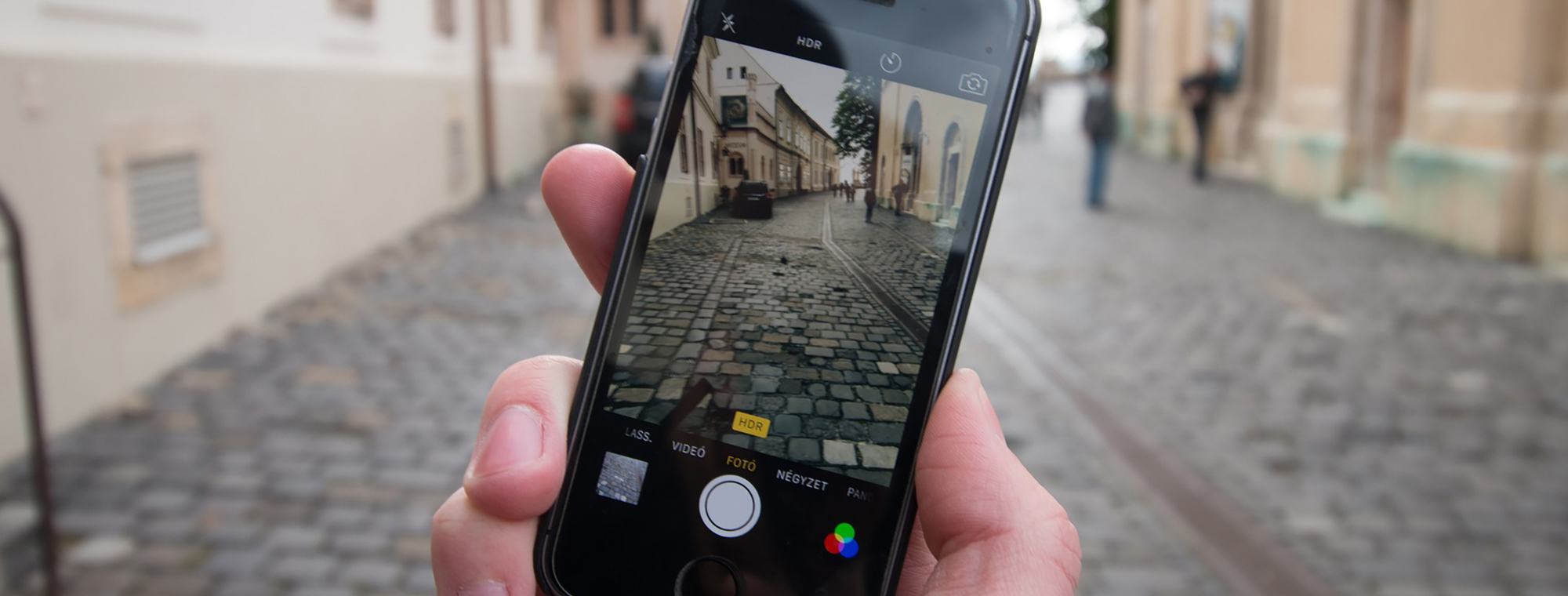The Best Ways to
Avoid International
Roaming Charges

Traveling with your cell phone offers lots of bang for the buck to today’s traveler. It can be your map, translator, currency converter, guidebook, and camera. However, there are some things you need to know before using it abroad. When you leave your mobile provider’s coverage area, you are likely to be hit with roaming charges, and they can really add up. Have you heard horror stories of returning from vacation to bills in the three, four and five-figure dollar amounts? Don’t let this happen to you.
International Roaming Charges
What is International Roaming?
Simply stated, roaming refers to the data service you access when you are beyond your provider’s coverage area. When your phone leaves the U.S., is detected by an overseas network, and connects to it, that’s roaming.
What Triggers International Roaming Charges?
If you haven’t arranged an alternative strategy such as an international data plan, you can accrue roaming charges in many ways:
- Making or receiving phone calls
- Receiving a voicemail
- International or domestic texting or multimedia messages via SMS
- Accessing the internet in any way, including viewing emails and maps
How do you want to use your phone abroad? If it’s just about staying in touch, you can use apps like Skype, WhatsApp, and Facetime while you are on WiFi. If you want to use maps, there are mapping programs that work offline. You can download tourist information when you have WiFi and access it later.
If you don’t want to be limited, you might think about upgrading your plan. Ask your provider if they offer an unlimited international plan, with unlimited standard texts and unlimited domestic calling, or you may be satisfied with limited data.
How to Avoid International Roaming Charges
The simplest strategy is turning off roaming via your phone’s settings. If it turns off and stays off, you are safe. You will still be able to access WiFi, which is likely to be available in hotels, restaurants, and cafes, and some modes of transportation. Get acquainted with your phone, especially the settings. Your phone should have an icon that alerts you that you're roaming.
Several factors impact roaming: Your provider, your specific plan, and your phone.
Contact your provider and ask about your data and calling plan:
- Will my phone function overseas? (Know your destination and your phone model.)
- Will I be subject to roaming charges for calls? Texts? Data?
- Is my phone unlocked? If not, can you unlock it?
- Will my phone work with another SIM card?
- What international data plans do you offer? These can be daily charges or temporary or permanent upgrades. Verify whether it includes unlimited domestic calling and whether downloads are additional.
Take notes on the answers, and try to get things in writing: Cell phone companies are notorious for giving out contradictory information.
Understanding International Inclusions and Exclusions
Learn your plan details from your provider, and practice how to navigate the settings on your phone. Remember — settings are set up differently in iPhones, Androids, and Google phones, so make sure you are relying on information that reflects your phone, plan, and carrier.









